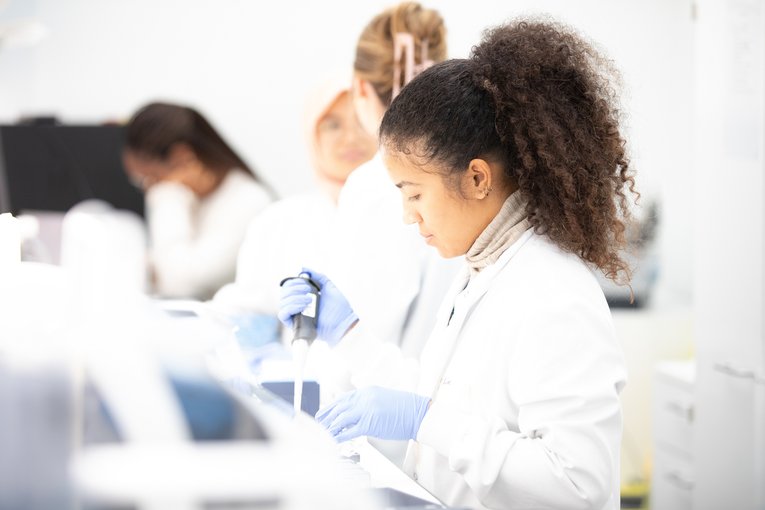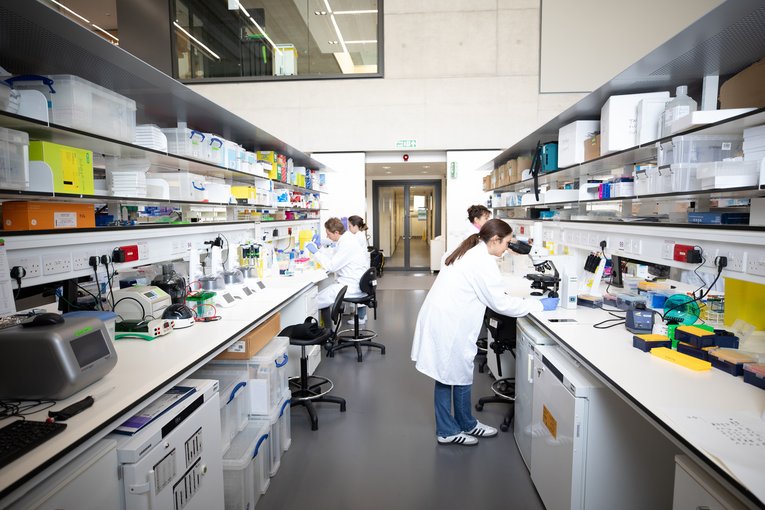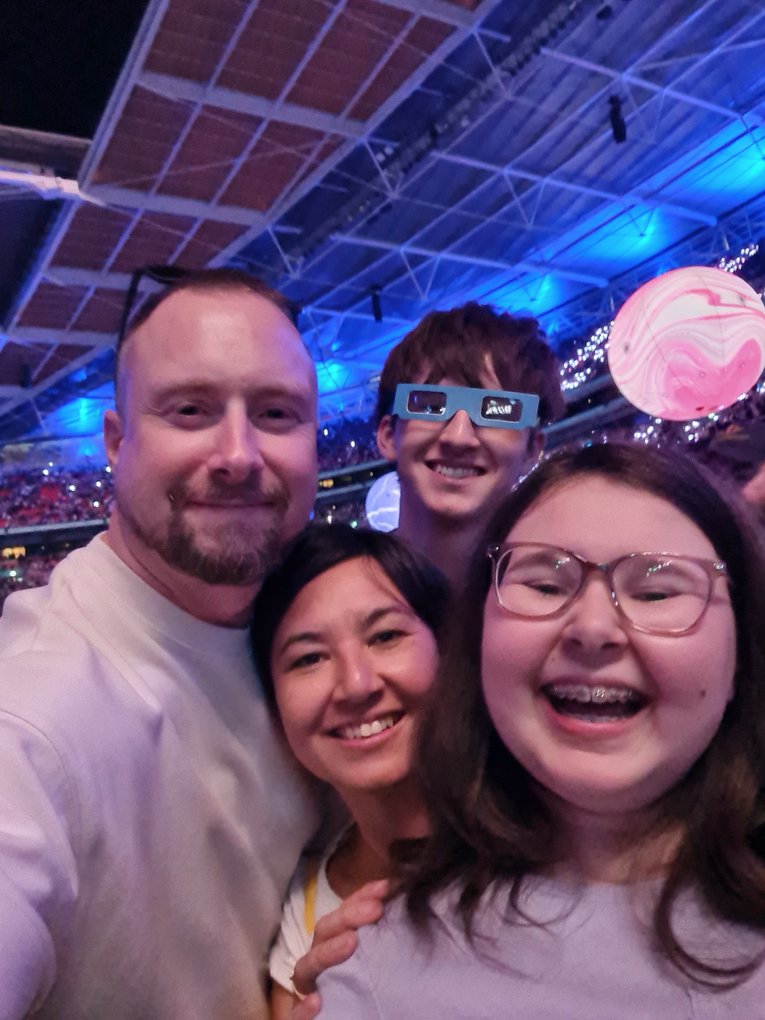
https://www.gosh.nhs.uk/news/how-3d-modelling-and-virtual-reality-can-benefit-patients-and-staff-ahead-surgery/
How 3D modelling and virtual reality can benefit patients and staff ahead of surgery
19 Sep 2019, 10:17 a.m.
Joe, aged 15, who features on Paul O’Grady’s Little Heroes, is being treated at GOSH for Marfan Syndrome, a genetic disorder that affects the body’s connective tissue, which plays an important role in helping the body grow and develop properly. Joe has an associated heart condition and required surgery to replace his aorta, the body’s main artery.
The medical and research team involved in his care share how they have used pioneering 3D Heart Modelling and Virtual Reality to aid understanding of his heart condition ahead of surgery.
Using virtual reality (VR) in research
Research played a key part in the preparation for Joe’s cardiac surgery, with a 3D model image of his heart being captured and then looked at via Virtual Reality software. Dr Claudio Capelli and Endrit Pajaziti, research fellows based at GOSH, explain the process:
“When a patient has a CT or MRI scan we take the images and then transform these into a 3D model of the heart. This 3D model can be then be 3D printed or imported in our VR software, which was designed and developed in house by our team.
“Our group have published several studies showing how 3D printed models can be beneficial to all the people involved in the care of our patients. Our current research focuses on the long-term benefit that young teenagers, such as Joe, might have in engaging with their heart condition also by means of 3D printed models.”
How VR and 3D models are helping patients and staff
Claudio explains: “VR is a fantastic way of being immersed into a patient’s heart. The overall aim of using VR in our research projects is to help us to explore the cardiac anatomy in an immersive way, providing more detail than ever before.
“Firstly, it can help the clinicians during their decision phase. A VR model can enhance the understanding of a patient’s anatomy so that the clinical team can plan a surgical procedure in the virtual world prior to theatre. The surgeon can see the heart from any perspective (including the inside), take detailed measurements and virtually plan and practice procedures.
“Secondly, we aim to improve the education of congenital heart disease. In this case, we are building a virtual library of models of the most common congenital heart diseases for medical students and young trainees, to help them understand more about the condition.
“Finally, we believe that VR can be a tool to engage with our patients. For Joe, VR not only stimulated curiosity in understanding his condition, but helped in entertaining and distracting him before his surgery.”
Elena Cervi, Joe’s Cardiology Consultant at GOSH, adds “3D models are proving very useful to explain diseases and procedures in a more visual and understandable way to patients and parents. They are usually thrilled to keep the model (when it is 3D printed) as it is made from their own imaging. Unlike a standard prop for teaching this is the anatomy specific to the single patient which makes it unique.”
See the software in action:
The VR project at GOSH has been initially funded by La Fondation Dassault Systemes. The 3D printed model research projects have been funded by British Heart Foundation. The 3D printer was funded by GOSH Charity.
Find out more about Research and innovation at GOSH.

NIHR launches £13.7m investment into brain tumour research
The National Institute for Health and Care Research (NIHR) has announced a £13.7 million investment that will support ground-breaking research to develop novel brain tumour treatments in the UK.

New consortium aims to help improve care for arthritis patients
A new UK-led research group, including Great Ormond Street Hospital and University College London, aims to improve the lives of children, young people and adults with arthritis by defining for the first time what being in ‘remission’ from arthritis truly

Update for patients and families on industrial action - December 2025
As you may be aware, some of our Resident Doctors will be taking part in planned industrial action from 7am on Wednesday 17 December to 7am on Monday 22 December.

‘Ready-made’ T-cell gene therapy tackles ‘incurable’ T-Cell leukaemia
A groundbreaking new treatment using gene-edited immune cells, developed at GOSH and UCL has shown promising results in helping children and adults fight a rare and aggressive cancer
